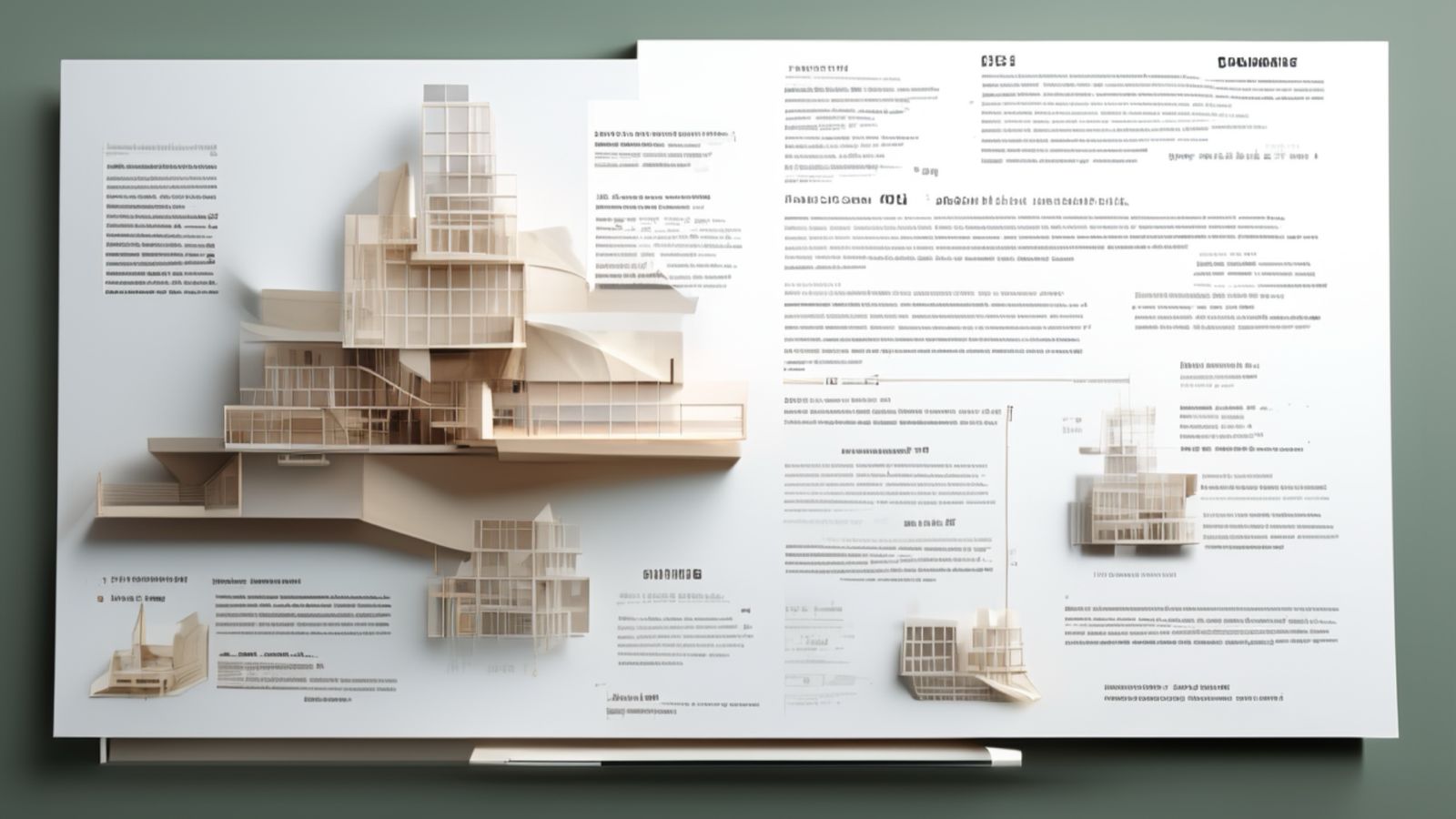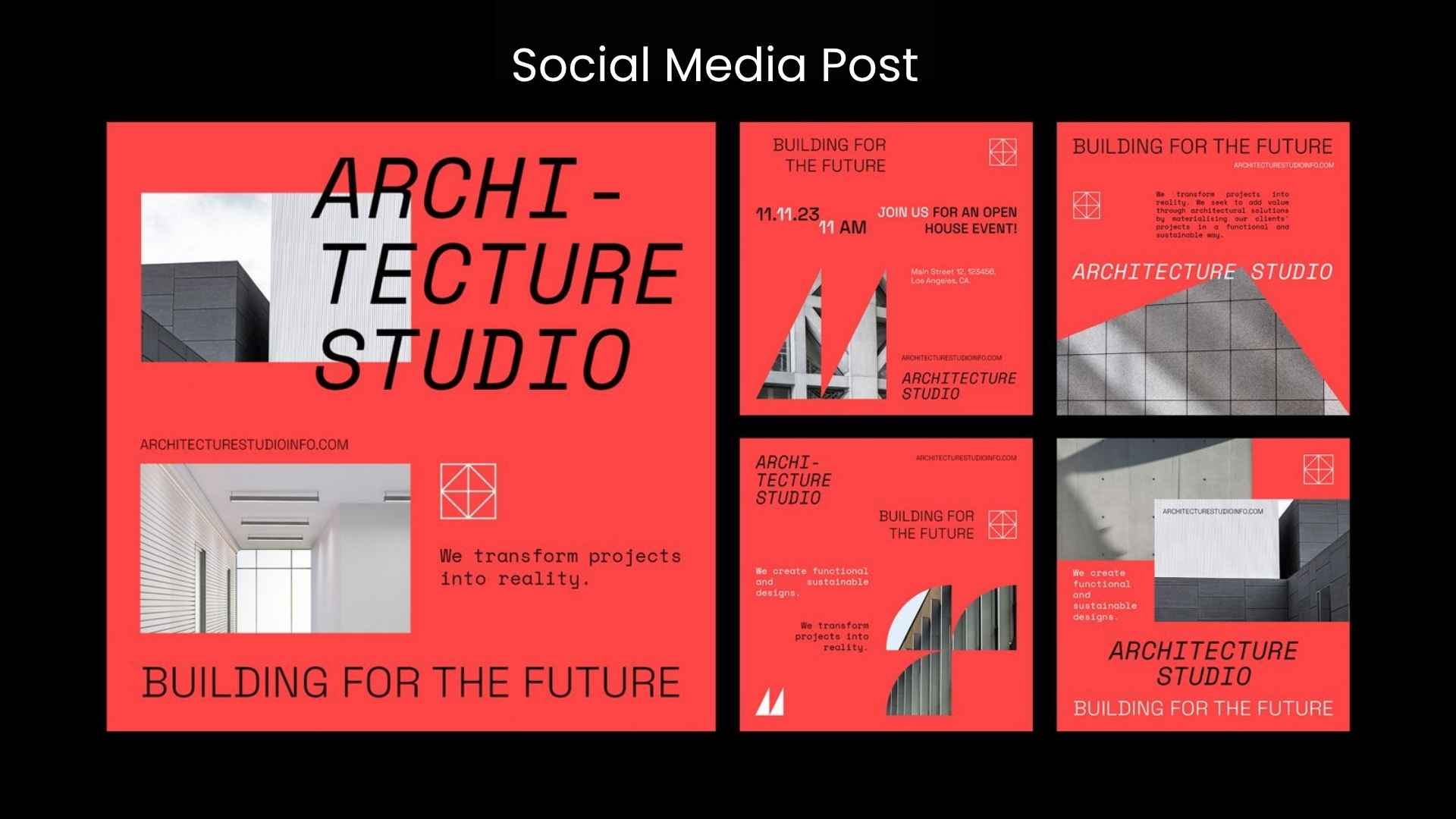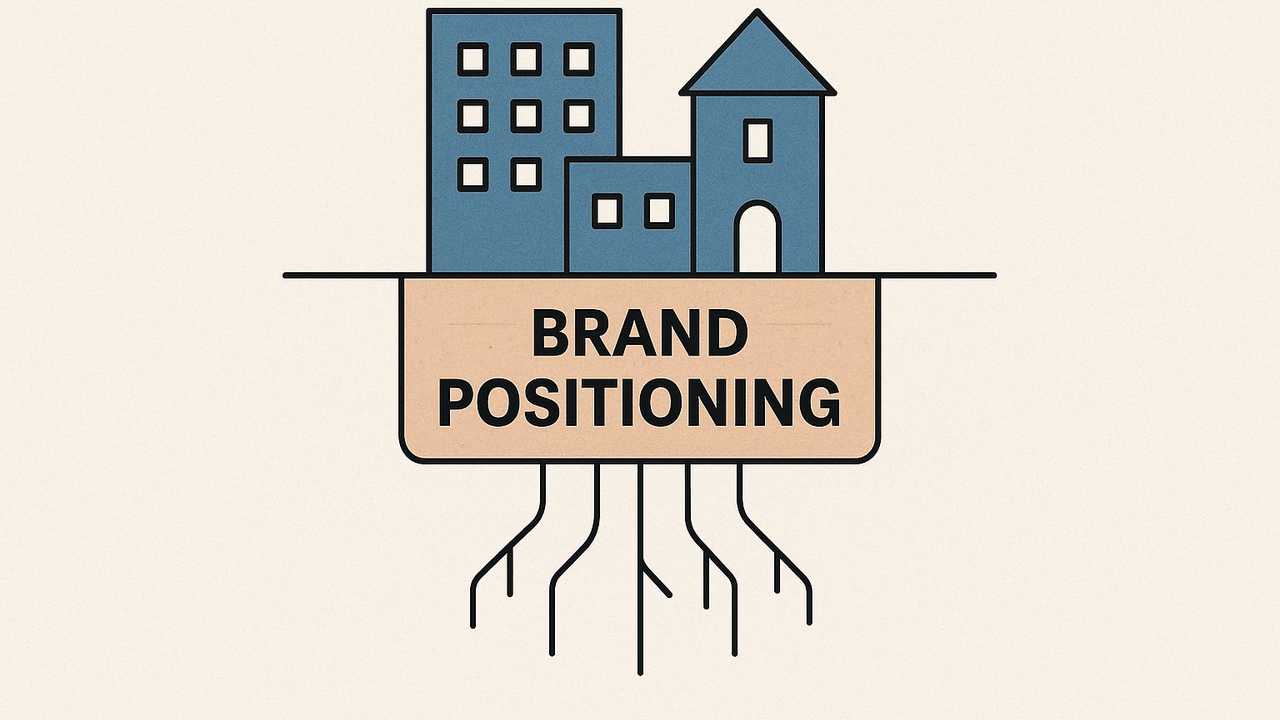If someone had told me two decades ago that travelling to a design fair would change the course of my design practice forever, I would have smiled politely and gone back to drafting. But that’s exactly what happened.
When I started my design practice—well before launching Arkchat—I had a strong design team and a clear vision for excellence. But it wasn’t until I formed my first international partnerships that I truly realised how collaboration could drive real business expansion.
Let me share a story from when I was running my design practice—and more importantly, how you can use a similar approach to grow your own architecture, engineering, or construction practice.
The Unexpected Power of a Personal Connection
One of my first international partnerships happened during a visit to Salone del Mobile in Milan. Amidst the beautiful displays and overwhelming creativity, I was introduced to Architect Luca Scacchetti—a practicing architect in Milan known for his timeless design sensibilities.
We hit it off instantly.
It was the beginning of a collaboration that would later become a key turning point in our business expansion journey.
The partnership that followed didn’t just bring us collaborative projects—it gave both our practices a credibility boost. We started sharing ideas, bidding on cross-border projects, and exchanging staff. Our firms became stronger not because of marketing, but because of alignment in thought and ambition.
Soon after, I forged another valuable alliance—this time in Singapore with Designer NG Tchi Mun. This one came via a client introduction. Again, the relationship grew organically, fuelled by mutual respect and professional compatibility. Together, we were able to serve multinational clients, pitch jointly, and expand into Southeast Asia.
Looking back, both partnerships gave our firms something beyond project revenue—they accelerated our business expansion, amplified our brand presence, and connected us to global conversations.
Finding Partners is the Real Challenge—Not the Process
If you’re reading this and thinking, “That’s great, but where do I even find such partners?”, I get it. The hardest part isn’t the documentation, legalities, or contracts. Those can be learned or outsourced.
The real challenge is finding the right people to collaborate with. Here’s what I’ve learned from experience—and from talking to peers who’ve successfully built international alliances to fuel their business expansion.
How to Find the Right Partners for Business Expansion
1. LinkedIn: The Most Underrated Tool in Our Industry
We all scroll through LinkedIn. Few of us use it to intentionally forge alliances.
Start by searching for firms in your target markets using keywords like hospitality architect UAE, BIM consultant Germany, or sustainable design studio UK. Look for firms whose values align with yours. See their recent work. Reach out to principals directly—not with a sales pitch, but with genuine interest in exploring potential synergies.
You’ll be surprised how open people are when you approach with the right intent.
2. Industry Platforms Like BIM Heroes
Since all of us are on BIM Heroes, you already know it’s a good place to connect with peers. I’m finding that engaging here—sharing experiences, asking questions—often leads to conversations that can grow into meaningful partnerships.
These early interactions can open up possibilities for long-term collaboration, which, over time, can translate into tangible business expansion.
3. International Trade Shows and Conferences
That meeting with Luca in Milan didn’t happen at a business event. It happened at a design fair. Events like Salone del Mobile, Cityscape, MIPIM, and World Architecture Festival are melting pots of ideas and professionals. They’re not just for exposure—they’re for networking with intention.
Pro tip: Walk the stalls with curiosity, not an agenda. Alliances are born when the conversation flows, not when you’re chasing leads. The right partnership formed here can plant the seeds for cross-border business expansion.
4. Global Design Alliance (GDA)
Another space worth exploring is the Global Design Alliance (GDA). Unlike open platforms, GDA is a curated network of independent AEC firms that collaborate on projects, share insights, and often refer work across regions. It’s not something you just sign up for—involvement usually starts through relationships or referrals—but it’s a strong option for those who value long-term, quality-driven partnerships over one-off transactions. If your goal is to align with firms that take both professionalism and collaboration seriously, GDA can be a valuable avenue for sustained business expansion.
5. Client and Vendor Introductions
One of the best-kept secrets of business expansion? Your clients and suppliers.
They often work with consultants, designers, engineers, or contractors in multiple geographies. If you’ve built trust with them, ask: “Do you know anyone in [country] who could be a good fit for collaboration?”
Referrals build instant credibility. You’re not just another LinkedIn message—you’re someone recommended.
6. Design Competitions and Multi-Firm Collaborations
Many international design competitions require partnerships between local and foreign firms. Even if you don’t win the project, you win visibility and new relationships.
Look at platforms like Archinect or Competitions.Archi . You’ll see firms looking to co-bid or join hands with others. Sometimes, one competition can open the door to a long-term business expansion strategy.
Once You Find the Right Fit: Building the Alliance
Let’s break this down into three areas you’ll need to manage carefully: legal, financial, and operational.
Legal Considerations
You don’t need to jump into joint ventures right away. Many alliances begin with simple agreements or even MoUs. Keep it light at first—collaborate on a proposal or pilot project.
But as things move forward, formalise roles:
- Will you co-own a project legally?
- Who signs the client contract?
- Who carries liability?
- What’s the IP arrangement?
- What law governs the partnership?
If you’re working in another country, find out whether you need a local partner for licensing. Many countries, including India, require a locally registered architect or engineer to sign drawings. Anticipate this and plan accordingly.
Financial Arrangements
Start small—but always talk money upfront.
- How will you split profits and costs?
- Will both firms invoice the client directly, or will one act as the lead consultant?
- Who covers travel, legal, insurance, or technology costs?
Also, watch out for currency exchange risks and local taxes. A client might pay you in rupees, pesos, or euros, but your expenses could be in dollars. Build buffer and clarity into your financial model.
And yes—get insurance that works internationally. Don’t assume your local policy covers liability abroad.
Operational Coordination
This is where partnerships are won or lost.
Create structure from the start:
- Assign clear roles (who leads design, who does technical, who handles client updates).
- Use shared digital tools for BIM, chat, document management.
- Appoint points of contact in each firm to avoid confusion.
- Align on quality standards—so the output feels unified, not stitched together.
Also—plan for differences. Cultural, language, time zones, or even work styles. Respect them, adapt, and build rhythm.
Why Global Alliances Matter More Than Ever
In today’s climate, business expansion isn’t about building offices in every city. It’s about building trusted relationships that cross borders, time zones, and perspectives.
From Milan to Singapore, to the digital community of BIM Heroes—every global connection I’ve made has made me a better designer, a better entrepreneur, and a better human being. And each one contributed in its own way to our ongoing business expansion—both in scope and in mindset.
And that’s why I wrote this article.
Whether you’re a two-person studio or a mid-sized multidisciplinary firm, collaboration is your shortcut to business expansion.











